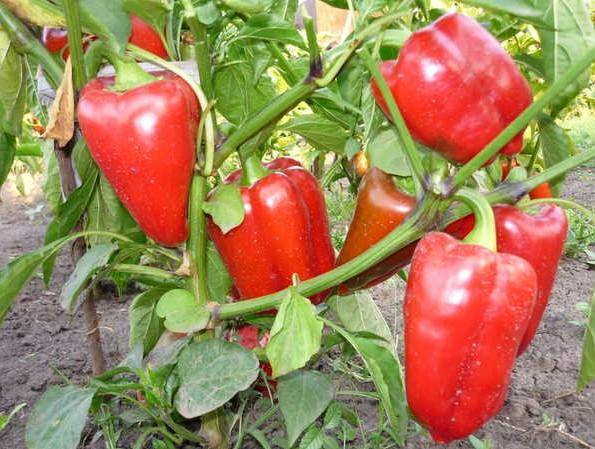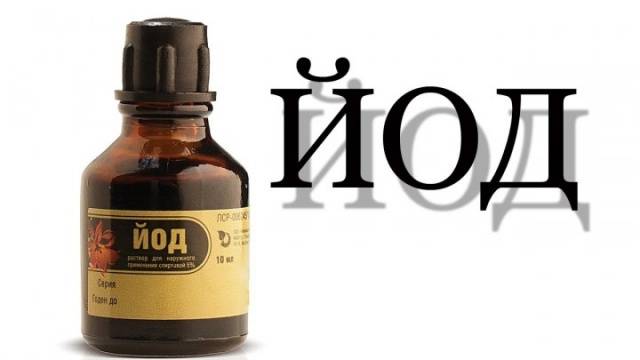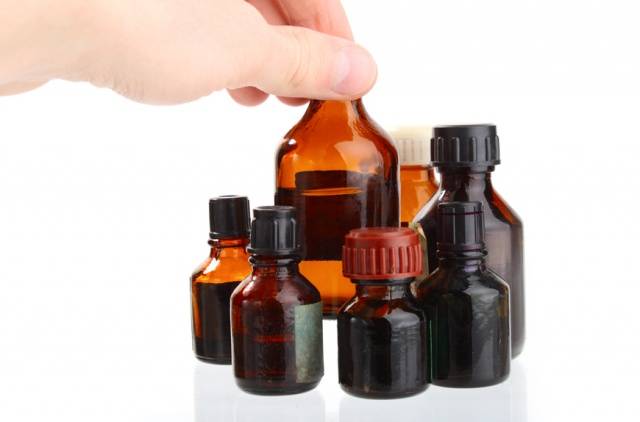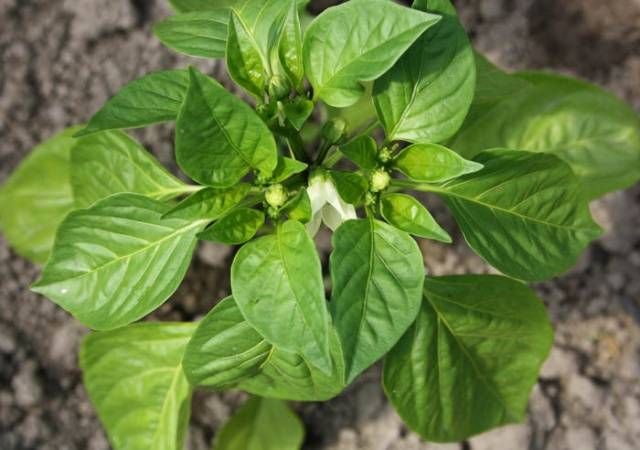Content
Pepper, despite its reputation for being capricious and demanding on the conditions of plant care, dreams of growing every gardener. Indeed, its fruits contain six times more ascorbic acid than citrus plants. And in terms of taste, rarely any vegetable can compete with it. In addition, without hot pepper, it is unthinkable to prepare a variety of adjikas, seasonings, sauces and vegetable preparations for the winter. In fact, growing modern varieties and hybrids of peppers is not that difficult if you provide the plants with enough heat and moisture. In areas with unstable weather conditions, it is possible to use additional film shelters. Peppers are also very nutritional. And in unfavorable conditions, it can be susceptible to various fungal diseases... Therefore, it will probably be difficult to do without regular feeding and processing.
At the same time, many gardeners are currently trying to avoid the use of chemical fertilizers and remedies in order to get not only tasty, but also healthy fruits. What natural folk remedies can help in this situation? In the case of pepper, ordinary iodine can help out, which is easy to find in the medicine cabinet of every home. After all, iodine can serve for pepper not only as a fertilizer, but also as a growth stimulant and a means of protection. But first things first.
Iodine and its effect on plants
Iodine is one of the many trace elements that is quite common in nature, but at the same time it occurs in very small concentrations, therefore it is a relatively rare substance. In different regions on different soils, its content can vary greatly.
But most podzolic soils, gray soils and salt marshes often lack iodine content.
At the same time, experiments carried out in recent decades have shown that iodine:
- It is able to increase the content of vitamin C in some crops, in particular, in pepper.
- It has a beneficial effect on productivity, as it stimulates the growth and development of garden crops.
- It has a positive effect on the size, color and taste of the grown fruits.
Such a multifaceted effect of iodine on plants is explained primarily by the fact that with the help of iodine in plants the assimilation of nitrogen compounds is improved. And nitrogen is one of the main elements that plants need for good growth.
Thus, the use of iodine as a top dressing for peppers is a completely scientifically substantiated fact. True, very little of it is required for the normal development of plants, therefore, it is not produced as a separate type of fertilizer. Moreover, it is contained in manure and ash, which are often used for plant nutrition.
However, it is quite possible to prepare and use a separate iodine solution.
And this can be very beneficial for health in today's acute iodine deficiency in food.
Ways to use iodine for dressing peppers
Interestingly, iodine can be used at various stages of pepper development.
Seed and seedling treatment
Iodine is often used as early as the seed treatment stage. To prepare the required solution, it is enough to dissolve one drop of iodine in a liter of water. The pepper seeds are soaked in this solution for about 6 hours. After soaking, the seeds are immediately sown into the prepared soil mixture. This procedure promotes faster germination and the appearance of more strong and strong sprouts.
For feeding pepper seedlings you can also use iodine solution. When young plants have 2-3 true leaves, they are watered with a solution obtained by dissolving one drop of iodine in three liters of water. One such procedure will be enough before planting seedlings in the ground, so that it acquires increased resistance to various fungal diseases.
Iodine as a top dressing for adult peppers
After planting the seedlings of peppers in the ground, the plants can be treated with iodine both by watering at the root and using foliar dressing - that is, by spraying the entire pepper bushes.
To use iodine as a fertilizer, it is enough to dissolve 3 drops of iodine in 10 liters of water and spill the pepper bushes with the resulting solution, using one liter under the plant.
As a result, fruits can grow up to 15% larger in size than without feeding, and their ripening time is reduced.
If it is easier for you to use foliar feeding of peppers, then for this, 2 drops of iodine are diluted in one liter of water. The resulting solution can be used to treat plants in the open field every 10 days. Enough three treatments per season. When growing pepper in greenhouses it is enough to carry out two foliar dressings with an iodine solution with a time interval between them of 15 days.
Using iodine as a remedy for peppers
Also foliar feeding are used to protect peppers from disease at the same time. A solution prepared as follows is very effective for prophylactic protection against late blight and powdery mildew:
Take 10 liters of room temperature water, mix with one liter of whey, 40 drops of iodine tincture and one tablespoon of hydrogen peroxide. After thoroughly mixing, this mixture is sprayed with pepper bushes, so that all the branches and leaves are not overlooked, especially on the back side.
There is also another recipe that helps well against late blight, even if the disease has already affected the peppers.
It is necessary to heat 8 liters of water to a boiling state and add 2 liters of sifted wood ash there. After the solution has cooled to room temperature, the contents of a standard vial of iodine, as well as 10 g of boric acid, are mixed into it. The resulting mixture is infused for 12 hours. When feeding peppers, one liter of the mixture is taken, diluted in a 10-liter bucket of water and with this solution the pepper bushes are spilled under the root. Treatment with a solution according to the above recipe will stop the development of late blight disease, but it is better to remove the affected parts of the plants.
Rules for feeding pepper with iodine
It is imperative to take into account the fact that iodine is a toxic substance. The use of only 3 grams of this element can lead to irreparable consequences for a person.
- Therefore, it is necessary to very accurately observe the recommended dosages in the manufacture of iodine solutions for feeding peppers.
- When spraying peppers with a solution of iodine of even the smallest concentration, it is recommended to protect your eyes with special glasses.
- For plants, exceeding the recommended doses is also quite dangerous, as it can lead to curvatures in the shape of the fruit.
- It is advisable to carry out foliar feeding of peppers only in cloudy weather in order to avoid getting burns on the leaves.
- Like all top dressing, spilling with an iodine solution under the root should be carried out only after preliminary watering the plants with water.
As you can see, feeding with iodine can be very beneficial when growing peppers, provided that all precautions are followed.















